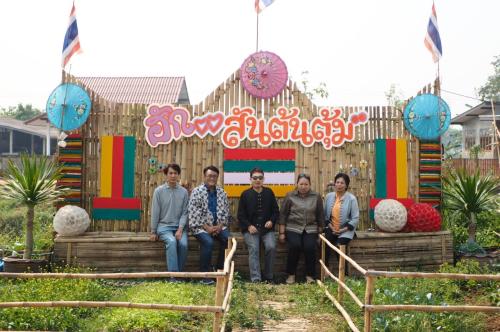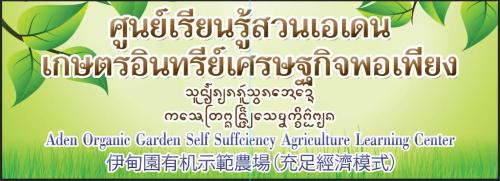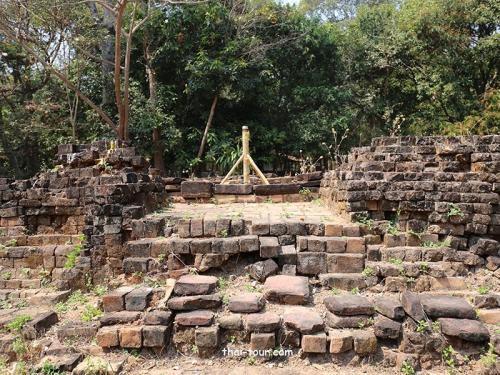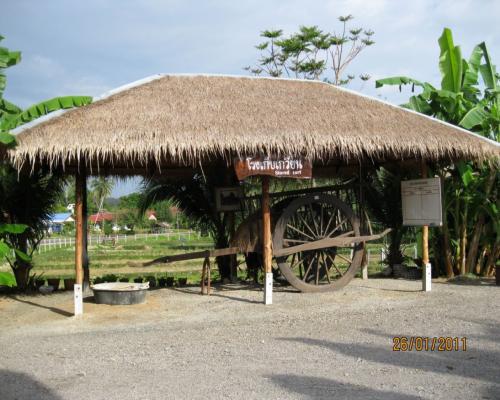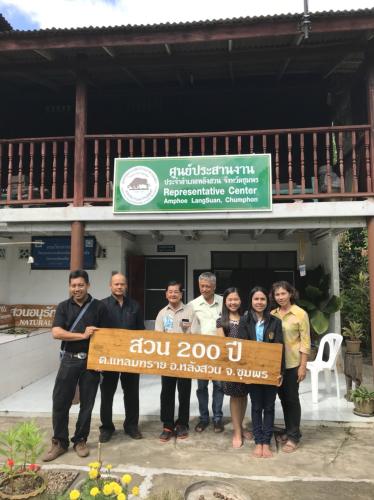Weather
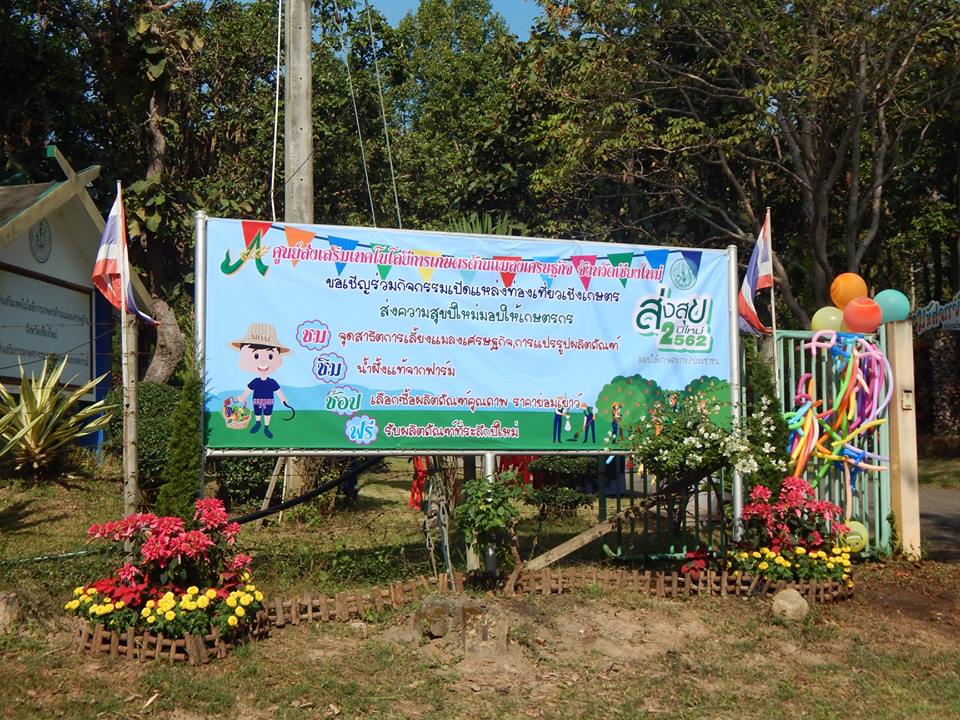

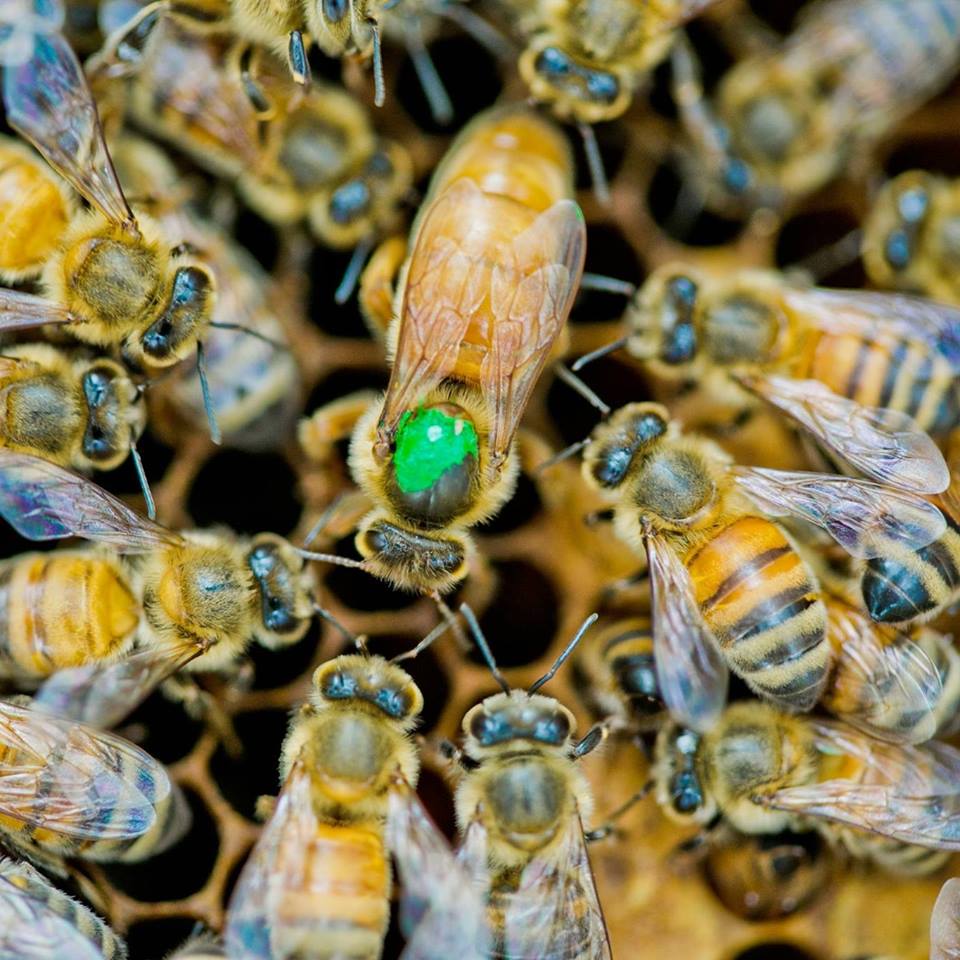
Open
Business hours
• Sunday
: 09:00 - 16:00
• Monday
: 09:00 - 16:00
• Tuesday
: 09:00 - 16:00
• Wednesday
: 09:00 - 16:00
• Thursday
: 09:00 - 16:00
• Friday
: 09:00 - 16:00
• Saturday
: 09:00 - 16:00
Note
: -
Map
Review Score
0
Information
Agricultural Technology Promotion Center for Economic Insects Chiang Mai Province Established in 1980 It is an agency under the Department of Agricultural Extension. Ministry of Agriculture and Cooperatives It plays a major role in research studies. Test and apply economic insect farming technology Promote and transfer economic insect culture technology as a center for development, production, expansion and distribution of economic insect species, as well as providing basic product quality inspection services and diagnosis of diseases and pests of economic insects to farmers and interested parties. It is also a tourist attraction. Agribusiness that is open to both Thai and foreign tourists to get to know and learn about the life of bees and important economic insects of Thailand. Each year, both Thai and foreign tourists visit to study work and travel to the learning points that the center has exhibited, such as learning points on beekeeping, bee breeding, burrow bee, cricket, lac, queen bee, and product processing. and also provide “Honey Shop” product display and distribution point where tourists can watch, taste and buy real, good quality honey and other processed products. of community enterprises and entrepreneurs
Tourism program :
Learning point/base interesting activities
1. Breeding bees. Open house for breeding bees. (Acquaintance with bees, life cycle and well-being of bees in the hive) Keeping and maintaining bee health checks collecting nectar from flowers
and sap. Preliminary analysis of honey quality.
2.Honey bees Wild bees make money. (Get to know the burrowing bees and natural nest building. Traditional poaching beekeeping techniques Modern honey beekeeping Protecting against the pests of honey bees Techniques for collecting good quality honey
3. Chan Rong Open House Chan Rong (Get to know the amazing mini bee, the best pollinator). propagation Nectar, pollen and resin collection behavior of saplings Making resin extracts and their uses
4. Crickets
Crickets are the world's reserve protein food source. Commercial cricket species Standard farming techniques and management Processing crickets as food
Learning point/base interesting activities
5. Shellac: Get to know lac insects/life cycle and benefits. Transplanting plants for lac culture farming techniques Care and harvest Technology for protection and nursery of lac species during the dry season
6. The queen bee opens the experience of finding the queen bee queen in the hive. birth of queen bee The Great Duties of the Queen Bee Techniques for cultivating queen bees
7. Processed products
Watch/Taste/Touch A variety of bee products, natural gifts. The benefits of bee products
Tips for buying honey Processing bee products into products for daily use
Route links with other attractions:
- Chiang Mai Night Safari Night Zoo, distance 750 m.
- Royal Park Ratchaphruek, a distance of 1 km.
- Wat Inthrawat (Wat Ton Kwen), a distance of 2.5 km.
- Wat Phra That Doi Kham, a distance of 4.4 km.
- Baan Tawai Handicraft Center, a distance of 10 km.
- Wiang Kum Kam, a distance of 11 km.
Tourism program :
Learning point/base interesting activities
1. Breeding bees. Open house for breeding bees. (Acquaintance with bees, life cycle and well-being of bees in the hive) Keeping and maintaining bee health checks collecting nectar from flowers
and sap. Preliminary analysis of honey quality.
2.Honey bees Wild bees make money. (Get to know the burrowing bees and natural nest building. Traditional poaching beekeeping techniques Modern honey beekeeping Protecting against the pests of honey bees Techniques for collecting good quality honey
3. Chan Rong Open House Chan Rong (Get to know the amazing mini bee, the best pollinator). propagation Nectar, pollen and resin collection behavior of saplings Making resin extracts and their uses
4. Crickets
Crickets are the world's reserve protein food source. Commercial cricket species Standard farming techniques and management Processing crickets as food
Learning point/base interesting activities
5. Shellac: Get to know lac insects/life cycle and benefits. Transplanting plants for lac culture farming techniques Care and harvest Technology for protection and nursery of lac species during the dry season
6. The queen bee opens the experience of finding the queen bee queen in the hive. birth of queen bee The Great Duties of the Queen Bee Techniques for cultivating queen bees
7. Processed products
Watch/Taste/Touch A variety of bee products, natural gifts. The benefits of bee products
Tips for buying honey Processing bee products into products for daily use
Route links with other attractions:
- Chiang Mai Night Safari Night Zoo, distance 750 m.
- Royal Park Ratchaphruek, a distance of 1 km.
- Wat Inthrawat (Wat Ton Kwen), a distance of 2.5 km.
- Wat Phra That Doi Kham, a distance of 4.4 km.
- Baan Tawai Handicraft Center, a distance of 10 km.
- Wiang Kum Kam, a distance of 11 km.
Source
Thailand Tourism Directory
Recommended
Entrance fees
• Entrance fees: Non-fee
• Remark : -
Review (0)
Write Review
0
จาก 5.0
Availability
Value
Service
Relate Agritourism
Fruit buffet, making local rice crackers, weaving Khla mat, Lam Tud Dek
Rayong
A village that grow organic vegetables. Visitors can come and learn how to compost from garbage, making compost from oyster snails, and cultivation of organic vegetables from the royal family of Chakphan Pensiri.
Able to visit every day.
Tel 08199896279
Phayao
1. It is a learning center for the Garden of Eden, organic agriculture, sufficiency economy.
2. Making biogas for household use
3. Making organic fertilizer and making bio-fermented water
4. Using water buffalo to plow into a traditional way of life
5. Damping and restoring forests for water sources (forest planting)
6. Making pork pits, buffalo pits, chickens, etc.
7. Growing organic vegetables and organic fruits (mixture)
8. Fisheries
Chiang Rai
It is an agritourism attraction that is still natural and pure. It is also warm with the beautiful way of life of the hill tribes. During September to October is the rice farming season which is suitable period to visit.
Mae Hong Son
Dong Muang Toei is the old city of the Khmer period. No one knows when it has been an abandoned city for how long. The condition seen from many generations of great-grandparents; Dong Muang Toei has high forests with transparent in the bottom ground. There were some small trees and the big trees are rubber trees, tabaek trees, and Yang Hiang trees. It is a very dense forest. The parents and grandparents did not dare to cut down the trees in this grove because Dong Muang Toei has a fierce ghost called the Ghost of Grandfather. The forest is the habitat of monkeys and many birds. The marsh around Dong Muang Toei is a deep swamp with water all year round. It is a habitat and a natural breeding ground for fish. In addition to birds and this swamp is known to have the most turtles. The reason there are so many turtles, the villagers worship the spirits of their grandfathers. Grandfather forbids anyone to eat and destroy his animals, monkeys and turtles, and if they cause harm, they shall be punished accordingly.
Later, about 90 years ago, Song Puei villagers had a shaman who studied sorcery to perform a ceremony to defeat the ghosts of Muang Toei. This sorcerer's name is Elder Suwo. This incident coincides with the reign of Father Yai Agrahad. It was the eyes of the light when villagers near and far heard the news that Father Yai Suwo had defeated the Phi Dong Muang Toei. They flocked to catch fish turtles from Muang Toei for food until they almost cleared the swamp. So turtles are almost extinct until now. Father Yai Suwo has shared the swamp as a land for brothers and sisters to cultivate until today. As for Dong Muang Toei, the area has been divided into farming, gardening, and growing crops as much as today. This is true Elderly people who have reached 90 years of age, such as Father Yai, light scent, Father Big Bu Kokpuei, are still alive as witnesses.
Yasothon
Ban Rai Chaisuri is at Si Bun Rueang Subdistrict, Mueang, Mukdahan. It is a learning center for a career according to the sufficiency economy. This place is available for the general public and tourists to learn about various agriculture to apply for a career.
Mukdahan
Promoting and supporting agricultural occupations of Sakhu sub-district
Phuket
It is an area that connects to Khao Yai National Park; thus, this area has an abundance of nature. And, the villagers here make seasonal orchards, and it is suitable for natural tourism .There is also a tree dug around, selling various seedlings and a camping ground
Saraburi
Experience the local wisdom of the people in the community, and learn about Sufficiency Economy Philosophy.
Ubon Ratchathani
90 Market is the flea market selling varieties of agricultural products, which are surplus and processed for sale. The market receives the budget from 9101 Follow the King’s Lead Project for Sustainable Agriculture Development. The market opens every day, only the front zone that opens on Sunday only. Apart from agricultural products, events are organizing, and the government and the private sector also participated during the festival season. 90 Market won the1st Award at the district level in 9101 Follow the King’s Lead Project for Sustainable Agriculture Development.
Chumphon
Sirinat Rachinee Mangrove Ecosystem Learning Center is the first mangrove rehabilitation center from abandoned shrimp farms in Thailand. Originally, it was a shrimp farm located in the Pa Khlong Kao National Forest Reserve - Khlong Khoi, Pak Nam Pran Sub-district. Pranburi District Prachuap Khiri Khan. When the King Rama 9 and the Queen came to Pranburi, The Royal Forest Department responded by canceling the shrimp farming concession and then included as part of the Pak Nam Pranburi Forest Development Project. They accelerated the restoration of mangrove forests and designate them as target areas for reforestation and later develop into a mangrove ecosystem learning center.
Prachuap Khiri Khan
The ancient 200-year-old garden utilizes the resources for the long-term highest benefits. It is located at No. 5 Moo 11, Laem Sai Sub-district, Lang Suan District, Chumphon Province, about 2 kilometers from Lung Suan Market. Samroeng Rajavate, the fourth generation of the family, is a current caretaker. This is the mixed garden, where various fruits are grown in the same area. Whether Local Durian, Mangosteen, Local Rambutan, Langsat, Betel Nut, Coconut, Nutmeg, Sato, Lukniang, Sapodilla, Champa, Jackfruit, Mafai, Banana, Homegrown Vegetables, and Herbs. Without the use of chemical fertilizers to accelerate growth. The soil is treated by growing the grass to nourish the soil moisture throughout the year. Natural fertilizer is used, such as dead leaves and annual crop residues. For pest control, birds, squirrels, and tree shrews are eating worms and insects as food. The cost includes the labor cost during harvesting season to cut grass to facilitate the harvest and at the area to plant the trees that will be repaired.
Chumphon


